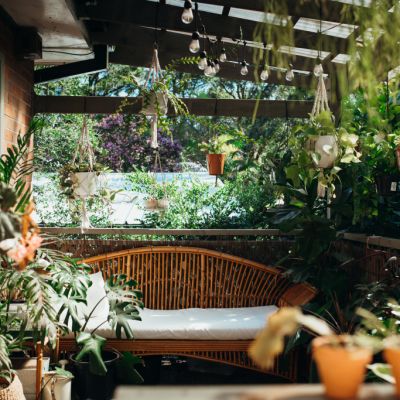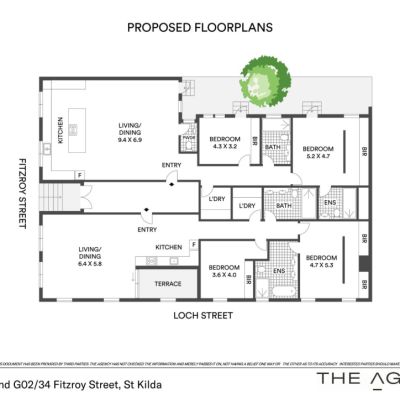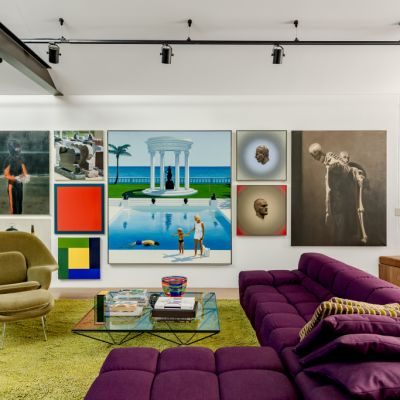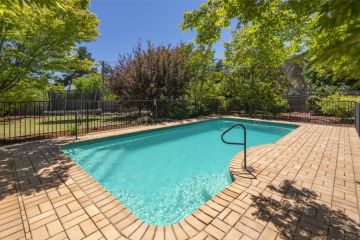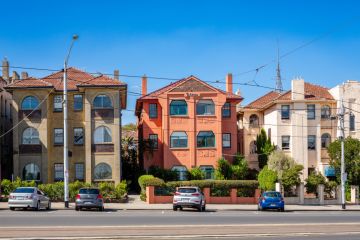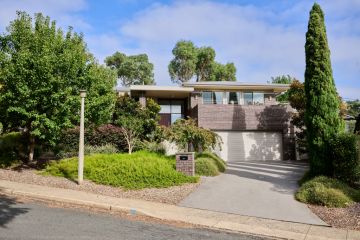Go with the flow: How to create a sense of space in your home
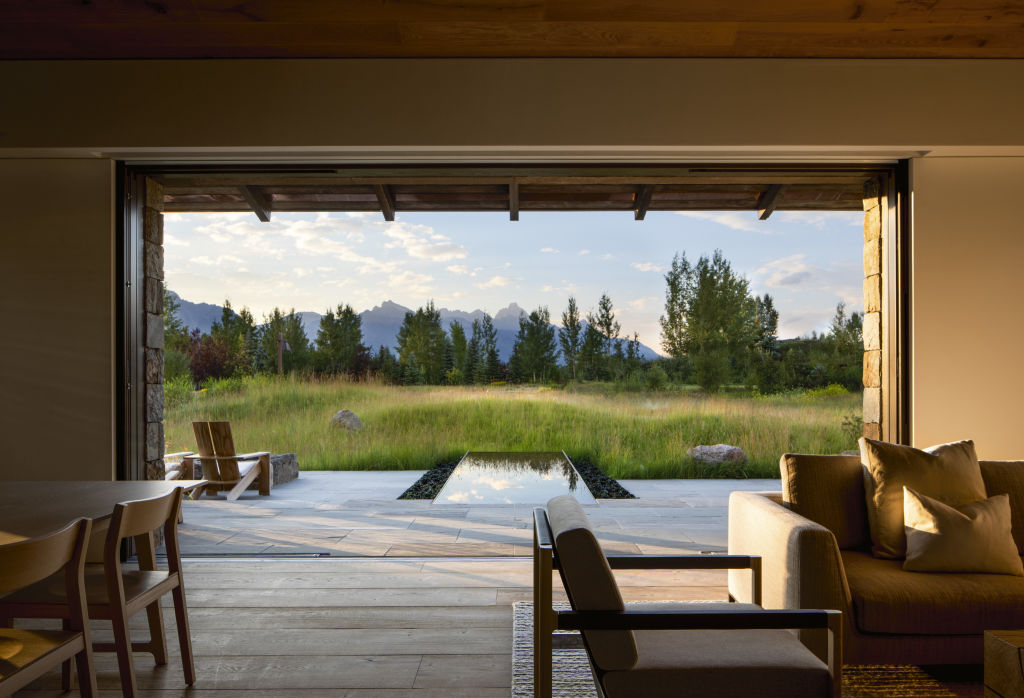
Optimising the flow, or movement, through your home is essential for your sense of well-being.
The goal is for the circulation within rooms, between rooms and between indoor and outdoor spaces to have the same physical and psychological benefits as you might experience walking in a natural environment such as a forest. Think of floor plans that lead from open spaces to more sheltered spaces, like paths leading from sunny, open clearings to shady spots.
Architectural openings – doors and windows – have a positive effect on airflow, ventilating rooms naturally. Windows and doors positioned so that breezes flow from one end of the house to the other can cool rooms significantly, often alleviating the need for artificial air-conditioning.
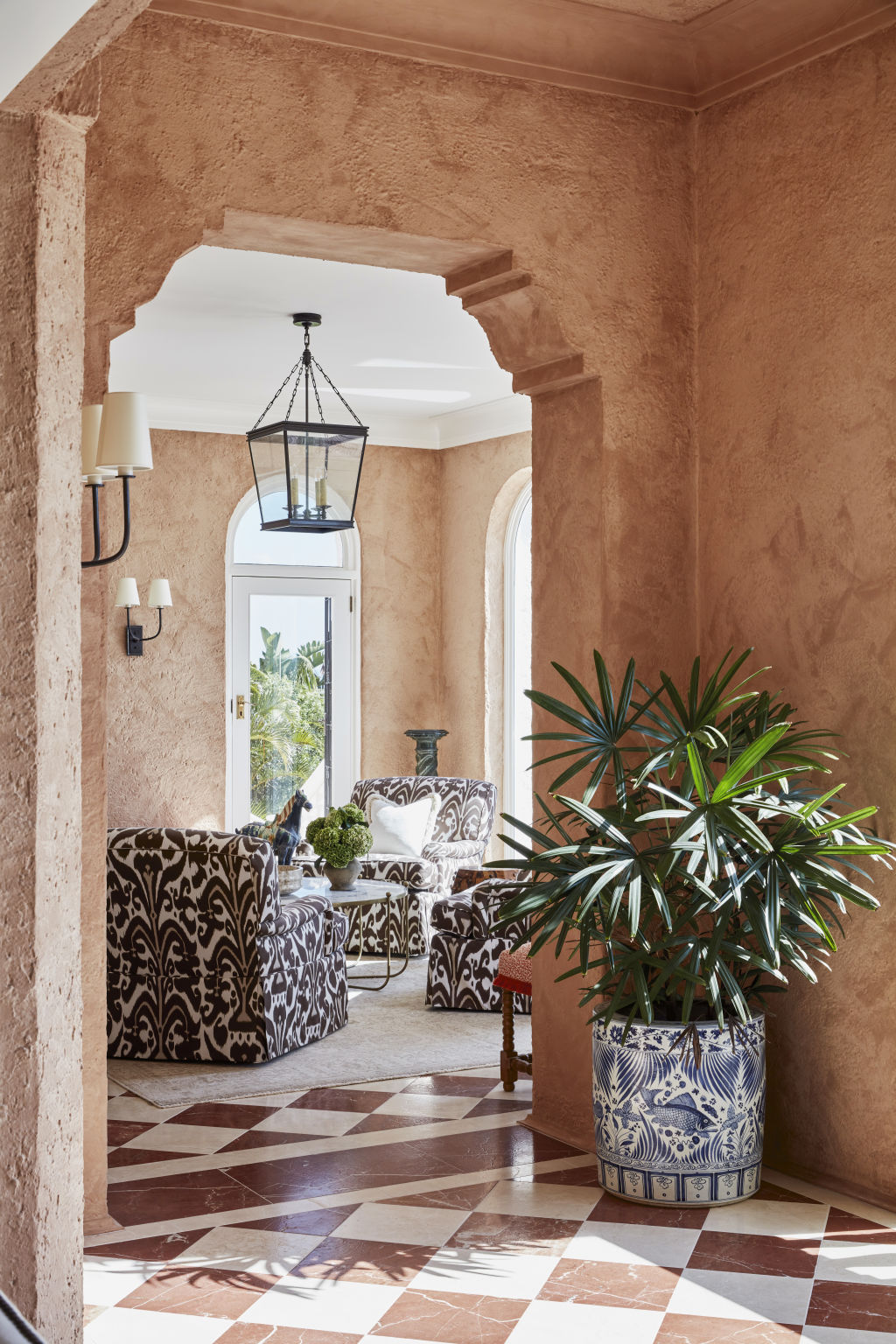
A natural desire to increase the feeling of space in a home probably lies at the root of the decision to demolish internal walls and open up a floor plan. It often makes sense to merge rooms with related functions. But be careful; proportions sometimes look odd when you take walls away, and windows may suddenly seem out of scale.
We tend to be happiest when we can adapt our homes as our needs change. Sometimes this requires revised layouts, room extensions or additions, or the division or merging of spaces, but often it can be as simple as changing what rooms are used for. Look around your home and think of ways to make your rooms work better. Use rugs, screens or modular shelving to break up larger spaces without renovating.
On a bigger budget, consider steel-framed glass doors to subdivide cavernous spaces into smaller ones that can be joined when needed. The glazing retains the daylight you’d lose if you put up a wall. Adaptable rooms can serve different functions both on a daily basis and over the years. This ability to alter the usage and flow of your spaces as your circumstances change should not be contingent on the size of your home.
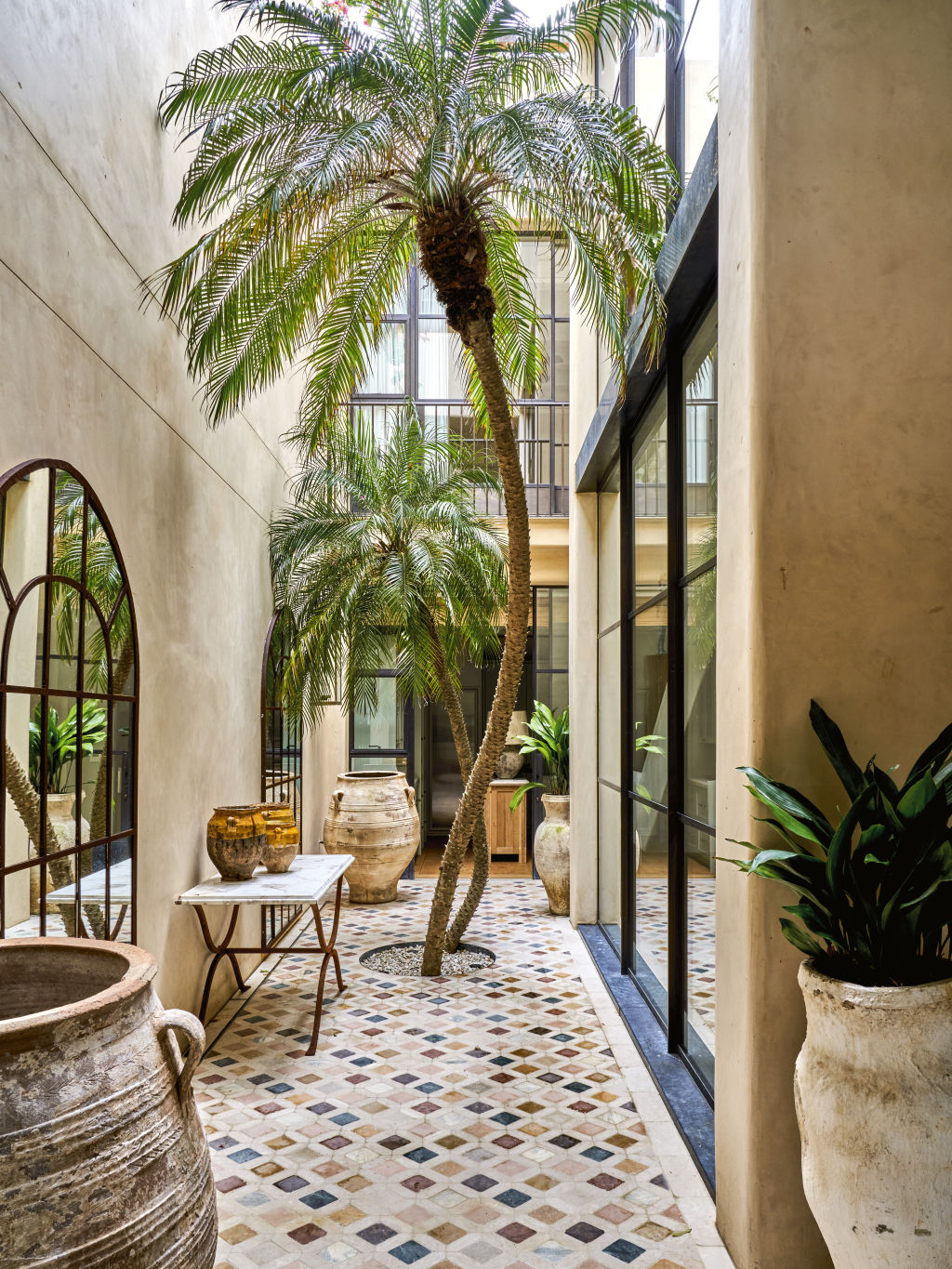
Thinking of your home as a stepping-stone, bought for one stage of life before moving to a larger one, isn’t sustainable. Our lives don’t stand still. Children arrive, possessions accumulate and tastes shift. Moving is neither practical nor possible every time your home fails to accommodate a change in circumstances. More than likely, a new home will meet your needs only temporarily.
Stay clutter-free. Mess is stress. Clutter equates to emotional debris, stifling energy and dampening enthusiasm. The single biggest thing you can do to create a sense of order and improve the flow of your home is to streamline what you’ve got. Everyone’s house is full of things that missed the mark: the lamp you hate, the books you’ll never read and the rugs that make you sneeze. If you don’t use something, toss it.
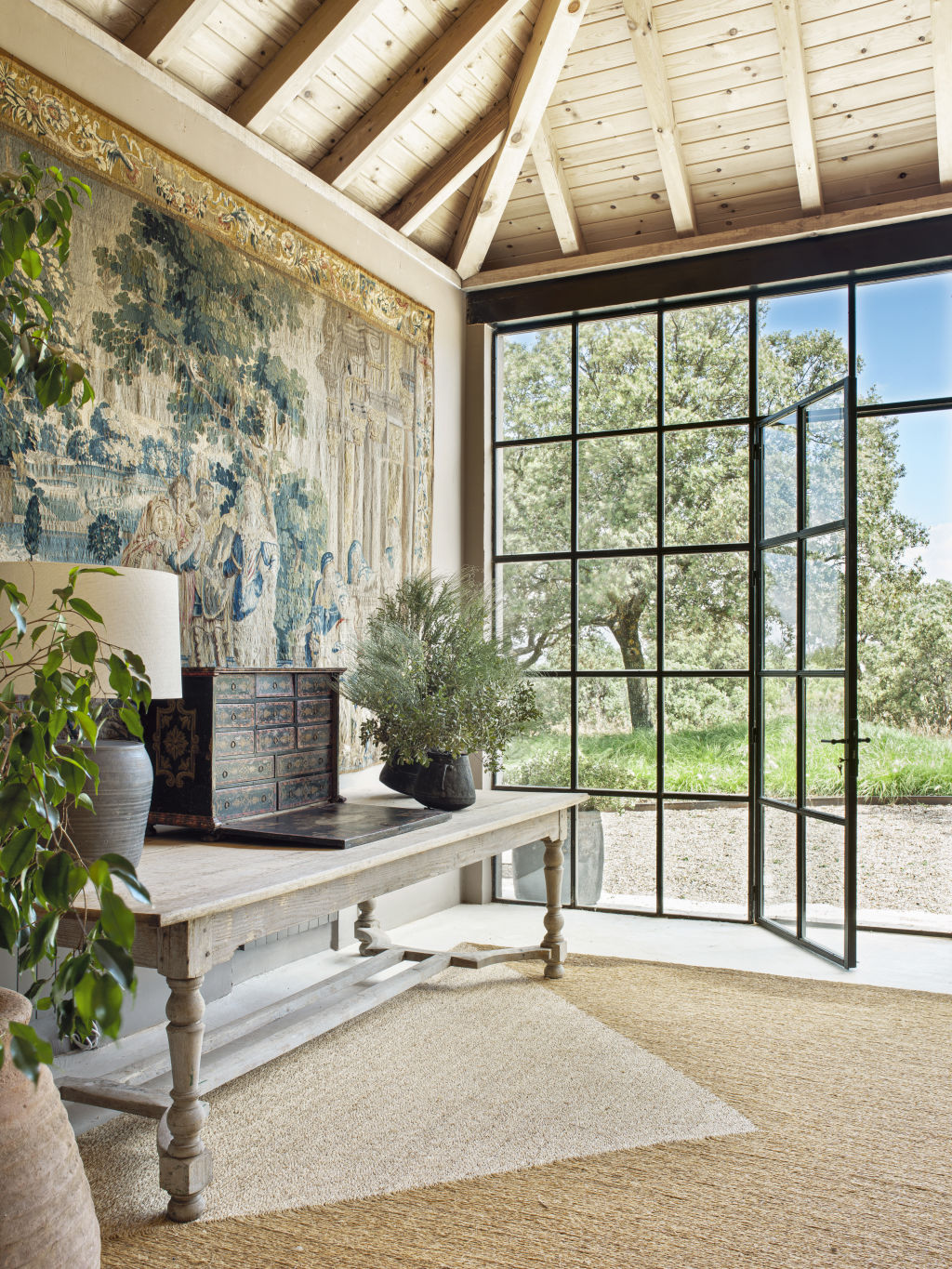
Another way to lessen clutter is to add storage. It’s no coincidence that Scandinavians, who rate highly in happiness indexes, recognise the value of storage in the home.
Creating a visual sense of flow enlivens the atmosphere of your home. Everywhere you look – down halls, through rooms, beyond doorways – you want your eye to land on something attractive in the distance: the sky through a window; an inviting seating arrangement in the next room; tantalising glimpses of the outside world as you move through transitional spaces such as entries, stairs and hallways.
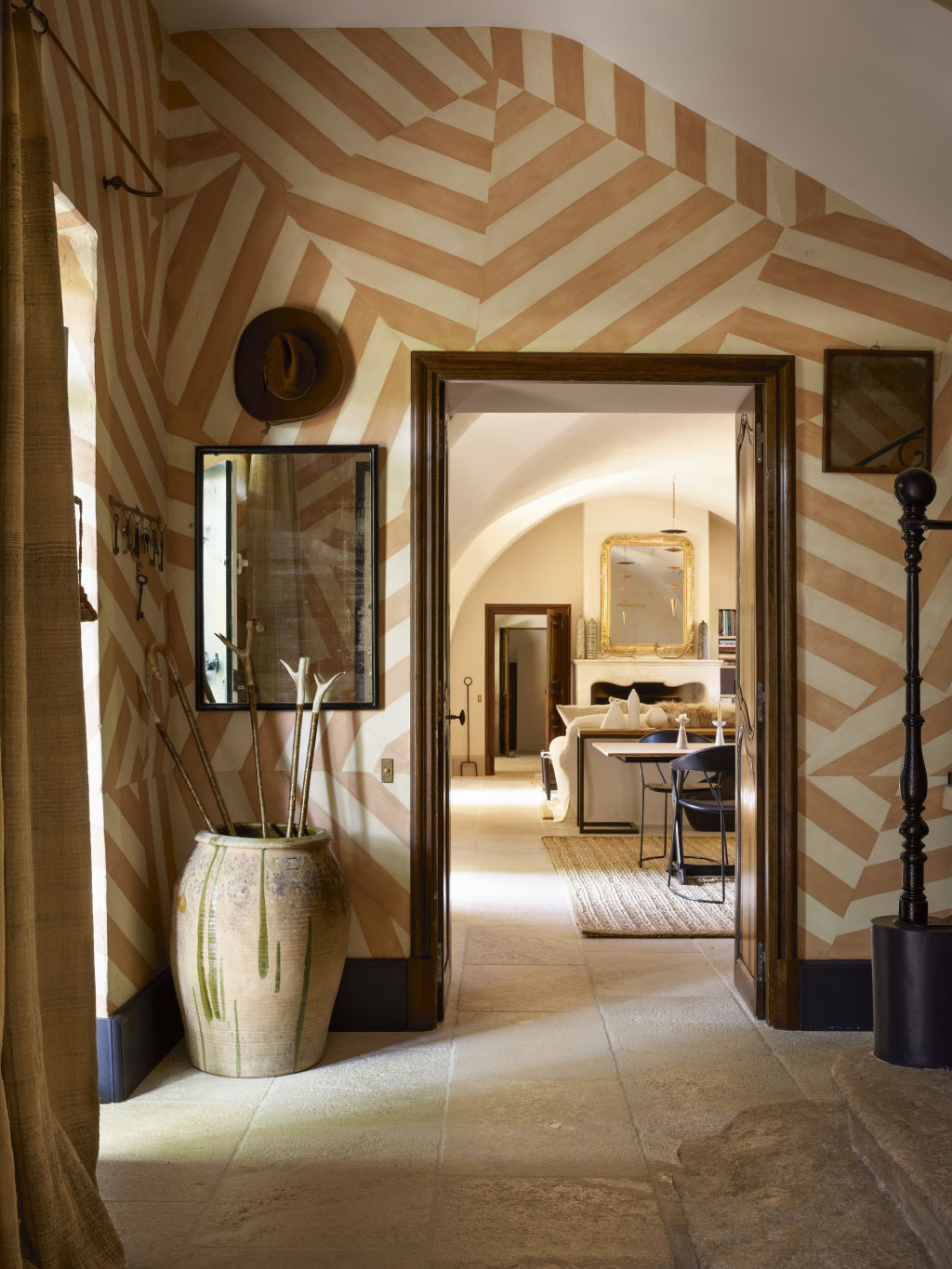
Using similar or complementary colours and textures from room to room generates a sense of flow and the impression of space. Even if you live in a shoebox-size home, emphasise its flow – and get clever. Well-designed small spaces can feel spacious and yet be admired for their intimacy and efficiency. Make every square metre work for you.
It’s important to arrange your furniture in ways that accentuate your home’s finest features, whether by keeping the view of a fireplace clear or by taking maximum advantage of beautiful views from a window. One of the best things about arranging furniture in a room? It’s just furniture. Often, merely moving a chair, shifting a sofa, or reorienting a bed is enough to give a room a whole new lease on life. Experiment with your layout; who knows what might happen? Push the furniture out and see what magic you can create.
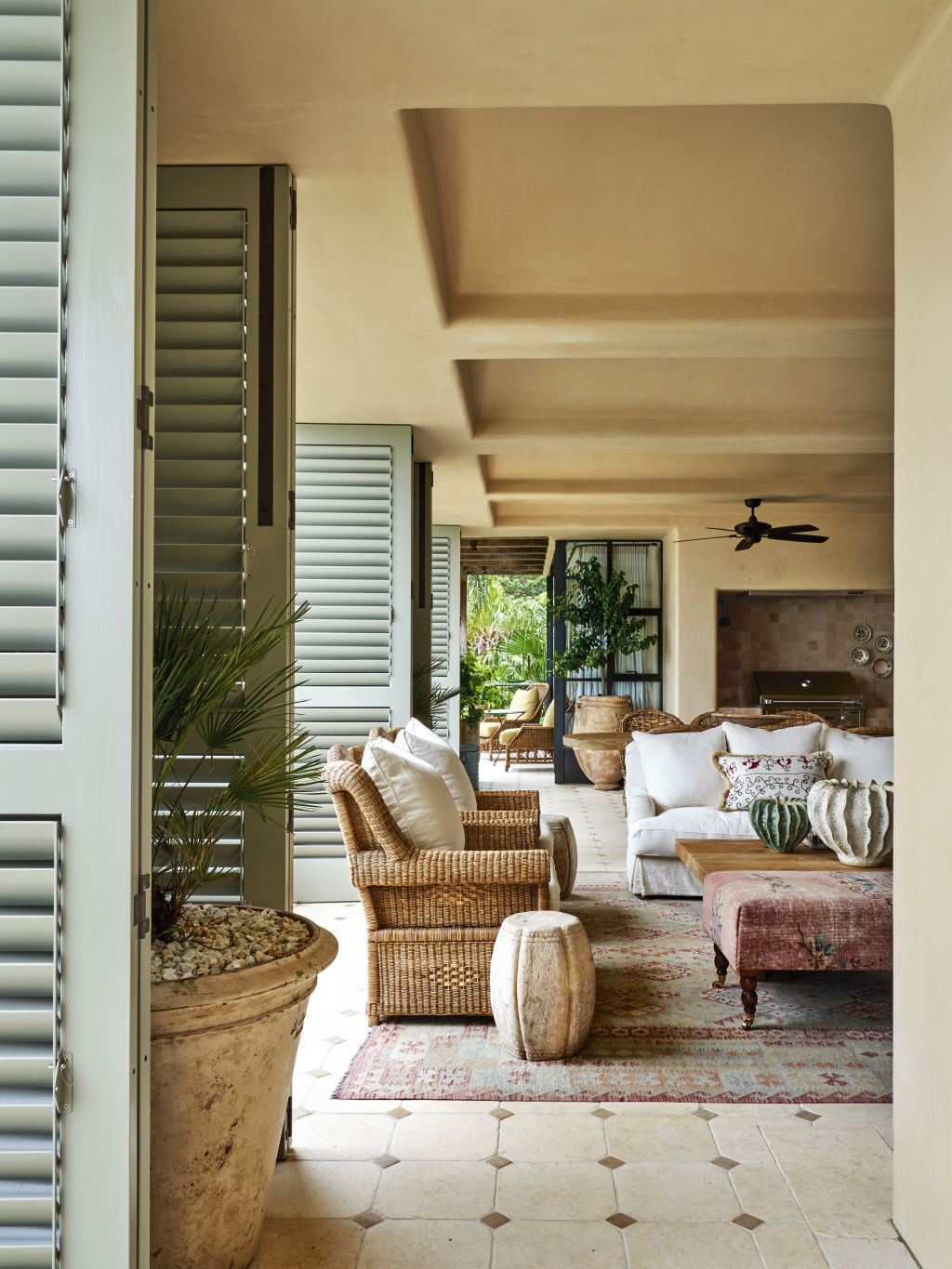
Straighten things up. The simple act of aligning things that have gone askew can instantly restore order, calm and flow to a room. Go around the house and realign chairs, ottomans and tables (especially coffee tables) that have been nudged out of place. Line up the books on shelves and stacks of magazines neatly. Straighten crooked art pieces – and lampshades too.
Arrange seating in a way that encourages interpersonal connection. Don’t place two sofas opposite each other; it can be too confrontational. Don’t use too many single chairs; the room will seem unwelcoming and formal. Don’t put seating around the edges of a room; it will look like a railway waiting room. And remember that a sofa never pulls its full weight because two-seaters seat only one person, and three-seaters seat only two. When people talk, they tend to turn their whole bodies toward each other; your furniture arrangement needs to foster conversation.
Homes with a great layout and a natural, welcoming flow enhance personal interaction and induce that most prized of human experiences – pure enjoyment.
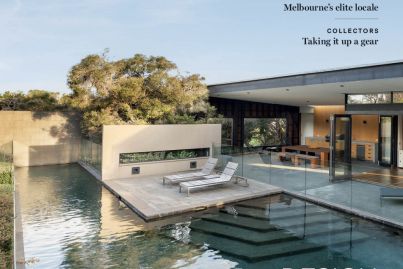

We recommend
States
Capital Cities
Capital Cities - Rentals
Popular Areas
Allhomes
More
- © 2025, CoStar Group Inc.
